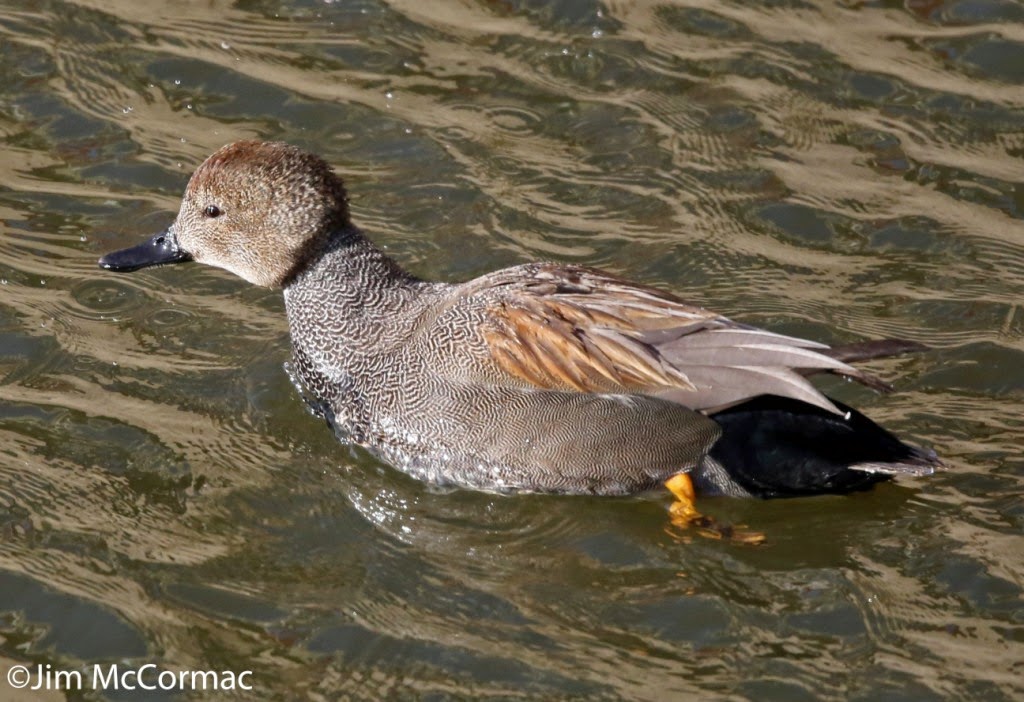A recent project had me going through scads of photos, and in the process I came across a number of landscape images. Some of which I really like, and maybe you will, too. Some of these photos have made their way to this blog in the past; others, not. As always, you can click on the photo to enlarge it.
Fall colors at Rhododendron Cove State Nature Preserve, Fairfield County, Ohio. This is an oldie, but to me at least, a goodie. I really like the way that the image came out, even if it was blind luck. It dates to 2007, which for me was the Bronze Age of photography. The image was made with a Panasonic FZ-30 point & shoot, and I really didn't have much awareness of the Big Three back then: ISO, shutter speed, and aperture. The camera's settings reflect my ignorance: f/2.8; 1/30 shutter speed; ISO 125. I could have gotten away with a much smaller aperture (higher f-stop number), which would have probably given greater clarity to the scene. But it worked out anyway, and the extremely shallow depth of field gives the image a hazy, dreamy look.
Triangle Lake Bog State Nature Preserve, Portage County, Ohio, in the rain. This is from June of this year. I had met a friend here, and we planned on exploring the bog's wonders. But it was a day marked by downpours punctuated by brief rainless interludes. During one of those respites from the rain, we circled the boardwalk, but I didn't want to bring any of my camera gear for fear of getting caught in a deluge. So, this image was made with my iPhone 5S camera. Not bad for a camera phone.
A technicolor late fall day on the prairie; Killdeer Plains Wildlife Area, Wyandot County, Ohio. I liked the interplay between the blue sky and the waters of the pond, and framed the image to try and make one complement the other. The presence of the big white fluffy cumulus clouds was a bonus. When making images in such a situation, it is well worth while waiting until a particularly pleasing cloud drifts into position. Also, when presented with such a beautiful sky and light, it is good to make sure that much of the sky is captured in the shot. This photo would adhere well to the rule of thirds. Revisit the previous photo with the gray stormy sky. In that case, I only included as much sky as necessary. The shot was taken with the Canon 5D Mark III, 17-40 f/4 lens at a focal length of 26 mm, f/11, 1/250 shutter speed, and ISO of 100.
Botanical nuggets of gold, hundreds of Lakeside Daisies, Tetraneuris herbacea, stretch into the distance. This photo was made at the Lakeside Daisy State Nature Preserve in Ottawa County, Ohio. This landscape, at least in mid-May when the daisies are peak, offers myriad possibilities when it comes to composition. While this shot is a vertical, horizontal compositions can be even more striking. I wanted to give the impression of depth, though, and felt that the vertical frame better provided that. This shot was made with the Canon 5D Mark III, 17-40 f/4 lens at a focal length of 17 mm, f/11, 1/250 shutter speed, and ISO 200.
October 25, 2014 was a fine day to be outdoors, and that's when I made this image. It was taken along the trail to Buzzardroost Rock in the sprawling Edge of Appalachia Preserve in Adams County, Ohio. Many trees were at peak color, and progress was slow as I scanned for the "perfect" fall leaf color composition. This group of hickories, maples, and oaks grabbed my eye, and I ended up lying on my back in the leaf litter to gain what I thought was the best perspective. The shot was made with the Canon 5D Mark III and my trusty 17-40L wide-angle landscape lens with a focal length of 17 mm. A lens that is capable of a 17 or 18 mm focal length for an ultra wide-angle perspective is a must for certain landscape portraits. The settings for this shot were f/8, 1/200 shutter speed, and ISO of 100.
Kent Bog State Nature Preserve, Portage County, Ohio. Normally I don't like sticking a boardwalk, roadway, or other "line" straight down the middle of a photograph. In this case, I liked the effect. The pale-barked Gray Birch, Betula populifolia, look as if they are recoiling from the planks' intrusion. The birch's spent yellow leaves provide aesthetically pleasing litter on the trail. This was another day of rain and terrible light, so by pointing the wide-angle lens nearly at my feet, I could begin the shot near the observer, carry off into the distance, and still minimize the role of the leaden skies. This was taken with the Canon 5D Mark III at f/8, 1/320, and ISO 400 with the lens at a focal length of 17 mm.
This shot was made elsewhere on Kent Bog's boardwalk, on the same day as the previous shot. I thought that the kink in this section of boardwalk broke an otherwise straight line, and created interest. As I moved around and scanned perspectives through the viewfinder, that patch of emerald moss at the base of the oak caught my eye. The brilliant red leaves of a Red Maple, Acer rubrum, were fortuitously located directly in front of the oak's trunk. The image was made with my 5D, f/8, 1/80, and ISO 400. I used my Tamron 70-200mm f/2.8 lens. That lens is an awesome piece of hardware, and works great for capturing landscapes in a much different way than a wide-angle. Its focal length was set to 70 mm for this picture.
While possibly not the greatest of shots, I like it. A squadron of Sandhill Cranes flies against an insanely colorful Indiana sunset at Jasper Pulaski Wildlife Refuge in Indiana last month. The day had been mostly gray, cloudy, and dreary. For a brief interlude at day's end, the sun lit up the clouds and painted the western sky a riot of warm colors. There was only a few minutes when it looked like this, and precious little opportunity to click off a few shots when cranes were positioned properly. This one was made with my 5D bolted to the spectacular 500 f/4 II telephoto lens, set to f/11, 1/500, and ISO 6400. Those cranes were probably 1/3rd of a mile distant.
On November 18, I was freezing in the parking lot by the Eastlake Power Plant on Lake Erie, taking photo after photo of flying gulls. The temperature was in the teens, it was towards day's end, and light was fading fast. I was shooting away from the sun, for better light on the birds. Finally I glanced back to the west, and saw this. Gale force winds were pulverizing waves against a distant breakwall, blowing surf 20 to 30 feet in the air. Wave crests were atomizing against the ferocious wind, and everything was lit orange and yellow by the setting sun. Gulls, unperturbed as always by weather that would kill you or me in minutes if unprotected, added another element to the landscape.
When I noticed the spectacular interplay of water, light, and birds, my camera was mounted on a tripod and rigged with the 500mm telephoto. I rushed to change over to the Tamron 70-200mm, and in the five or so minutes when things looked like this, clicked off dozens of images. The waves and position of the gulls would change by the second, and I was trying to get shots as dramatic as possible, especially trying for images that captured massive eruptions of water as a wave collided with the breakwall. It isn't often that one lucks into such a dramatic scene, and it was well worth dealing with the tough weather to experience this. For this shot, it was the 5D with aforementioned 70-200 lens set to a 95mm focal length, f/7.1, 1/320, and ISO 2000.
Fall colors at Rhododendron Cove State Nature Preserve, Fairfield County, Ohio. This is an oldie, but to me at least, a goodie. I really like the way that the image came out, even if it was blind luck. It dates to 2007, which for me was the Bronze Age of photography. The image was made with a Panasonic FZ-30 point & shoot, and I really didn't have much awareness of the Big Three back then: ISO, shutter speed, and aperture. The camera's settings reflect my ignorance: f/2.8; 1/30 shutter speed; ISO 125. I could have gotten away with a much smaller aperture (higher f-stop number), which would have probably given greater clarity to the scene. But it worked out anyway, and the extremely shallow depth of field gives the image a hazy, dreamy look.
Triangle Lake Bog State Nature Preserve, Portage County, Ohio, in the rain. This is from June of this year. I had met a friend here, and we planned on exploring the bog's wonders. But it was a day marked by downpours punctuated by brief rainless interludes. During one of those respites from the rain, we circled the boardwalk, but I didn't want to bring any of my camera gear for fear of getting caught in a deluge. So, this image was made with my iPhone 5S camera. Not bad for a camera phone.
A technicolor late fall day on the prairie; Killdeer Plains Wildlife Area, Wyandot County, Ohio. I liked the interplay between the blue sky and the waters of the pond, and framed the image to try and make one complement the other. The presence of the big white fluffy cumulus clouds was a bonus. When making images in such a situation, it is well worth while waiting until a particularly pleasing cloud drifts into position. Also, when presented with such a beautiful sky and light, it is good to make sure that much of the sky is captured in the shot. This photo would adhere well to the rule of thirds. Revisit the previous photo with the gray stormy sky. In that case, I only included as much sky as necessary. The shot was taken with the Canon 5D Mark III, 17-40 f/4 lens at a focal length of 26 mm, f/11, 1/250 shutter speed, and ISO of 100.
Botanical nuggets of gold, hundreds of Lakeside Daisies, Tetraneuris herbacea, stretch into the distance. This photo was made at the Lakeside Daisy State Nature Preserve in Ottawa County, Ohio. This landscape, at least in mid-May when the daisies are peak, offers myriad possibilities when it comes to composition. While this shot is a vertical, horizontal compositions can be even more striking. I wanted to give the impression of depth, though, and felt that the vertical frame better provided that. This shot was made with the Canon 5D Mark III, 17-40 f/4 lens at a focal length of 17 mm, f/11, 1/250 shutter speed, and ISO 200.
October 25, 2014 was a fine day to be outdoors, and that's when I made this image. It was taken along the trail to Buzzardroost Rock in the sprawling Edge of Appalachia Preserve in Adams County, Ohio. Many trees were at peak color, and progress was slow as I scanned for the "perfect" fall leaf color composition. This group of hickories, maples, and oaks grabbed my eye, and I ended up lying on my back in the leaf litter to gain what I thought was the best perspective. The shot was made with the Canon 5D Mark III and my trusty 17-40L wide-angle landscape lens with a focal length of 17 mm. A lens that is capable of a 17 or 18 mm focal length for an ultra wide-angle perspective is a must for certain landscape portraits. The settings for this shot were f/8, 1/200 shutter speed, and ISO of 100.
Kent Bog State Nature Preserve, Portage County, Ohio. Normally I don't like sticking a boardwalk, roadway, or other "line" straight down the middle of a photograph. In this case, I liked the effect. The pale-barked Gray Birch, Betula populifolia, look as if they are recoiling from the planks' intrusion. The birch's spent yellow leaves provide aesthetically pleasing litter on the trail. This was another day of rain and terrible light, so by pointing the wide-angle lens nearly at my feet, I could begin the shot near the observer, carry off into the distance, and still minimize the role of the leaden skies. This was taken with the Canon 5D Mark III at f/8, 1/320, and ISO 400 with the lens at a focal length of 17 mm.
This shot was made elsewhere on Kent Bog's boardwalk, on the same day as the previous shot. I thought that the kink in this section of boardwalk broke an otherwise straight line, and created interest. As I moved around and scanned perspectives through the viewfinder, that patch of emerald moss at the base of the oak caught my eye. The brilliant red leaves of a Red Maple, Acer rubrum, were fortuitously located directly in front of the oak's trunk. The image was made with my 5D, f/8, 1/80, and ISO 400. I used my Tamron 70-200mm f/2.8 lens. That lens is an awesome piece of hardware, and works great for capturing landscapes in a much different way than a wide-angle. Its focal length was set to 70 mm for this picture.
While possibly not the greatest of shots, I like it. A squadron of Sandhill Cranes flies against an insanely colorful Indiana sunset at Jasper Pulaski Wildlife Refuge in Indiana last month. The day had been mostly gray, cloudy, and dreary. For a brief interlude at day's end, the sun lit up the clouds and painted the western sky a riot of warm colors. There was only a few minutes when it looked like this, and precious little opportunity to click off a few shots when cranes were positioned properly. This one was made with my 5D bolted to the spectacular 500 f/4 II telephoto lens, set to f/11, 1/500, and ISO 6400. Those cranes were probably 1/3rd of a mile distant.
On November 18, I was freezing in the parking lot by the Eastlake Power Plant on Lake Erie, taking photo after photo of flying gulls. The temperature was in the teens, it was towards day's end, and light was fading fast. I was shooting away from the sun, for better light on the birds. Finally I glanced back to the west, and saw this. Gale force winds were pulverizing waves against a distant breakwall, blowing surf 20 to 30 feet in the air. Wave crests were atomizing against the ferocious wind, and everything was lit orange and yellow by the setting sun. Gulls, unperturbed as always by weather that would kill you or me in minutes if unprotected, added another element to the landscape.
When I noticed the spectacular interplay of water, light, and birds, my camera was mounted on a tripod and rigged with the 500mm telephoto. I rushed to change over to the Tamron 70-200mm, and in the five or so minutes when things looked like this, clicked off dozens of images. The waves and position of the gulls would change by the second, and I was trying to get shots as dramatic as possible, especially trying for images that captured massive eruptions of water as a wave collided with the breakwall. It isn't often that one lucks into such a dramatic scene, and it was well worth dealing with the tough weather to experience this. For this shot, it was the 5D with aforementioned 70-200 lens set to a 95mm focal length, f/7.1, 1/320, and ISO 2000.




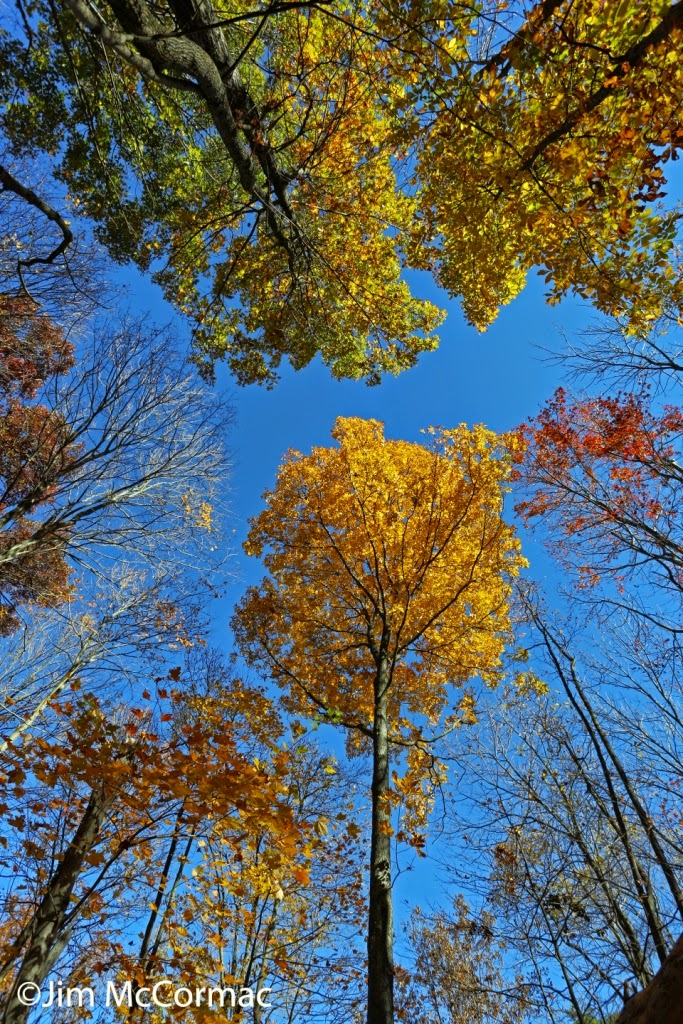


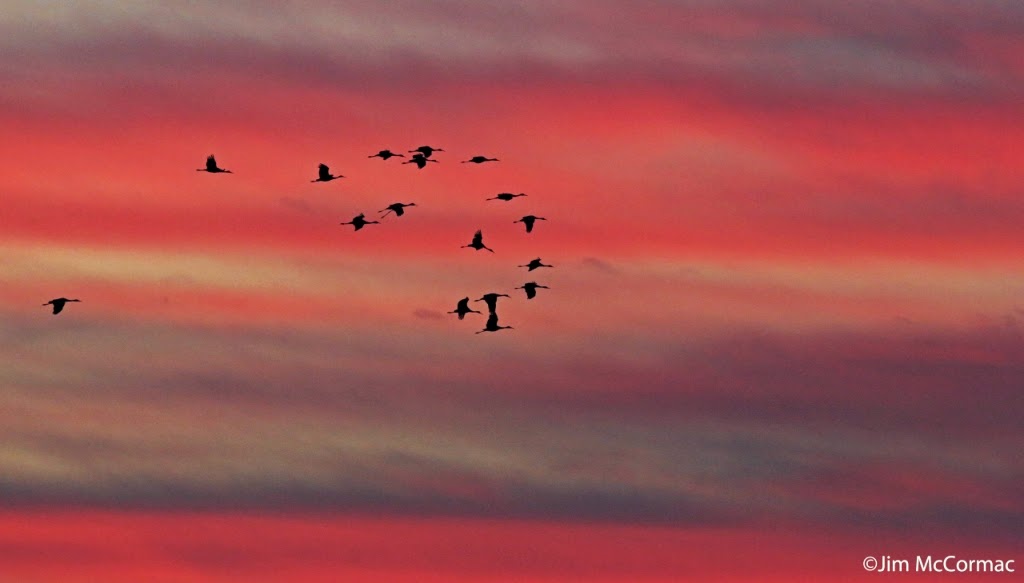


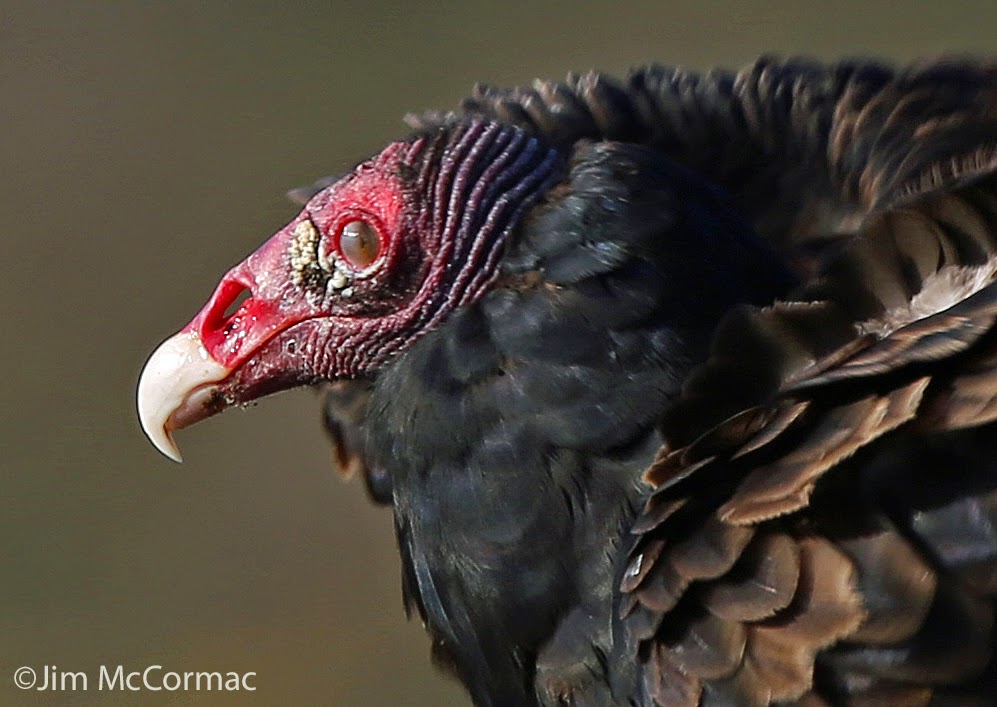

























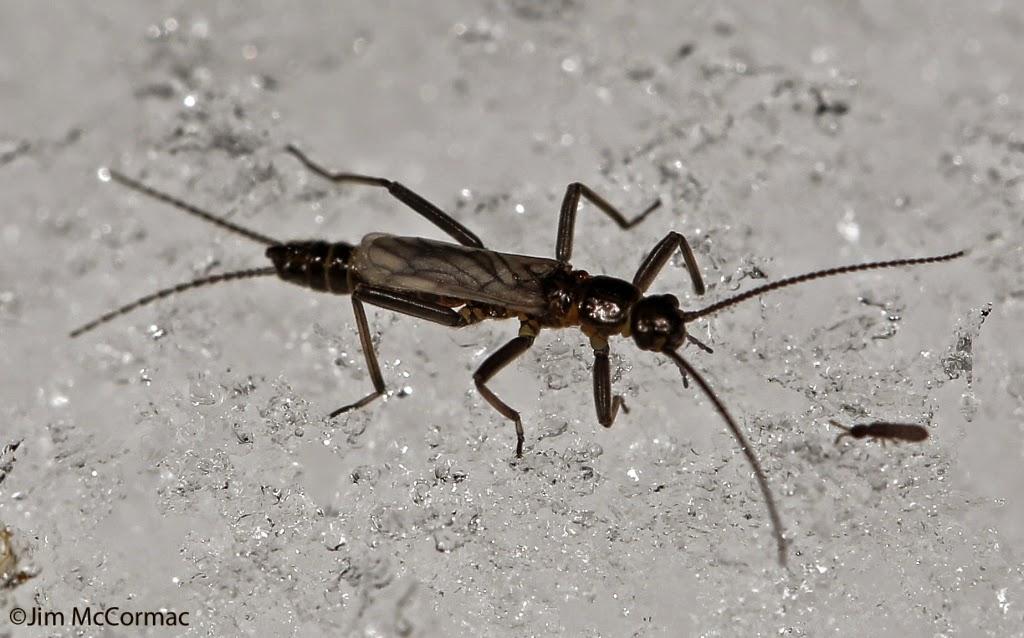






.jpg)
.jpg)
.jpg)
.jpg)
.jpg)





.jpg)
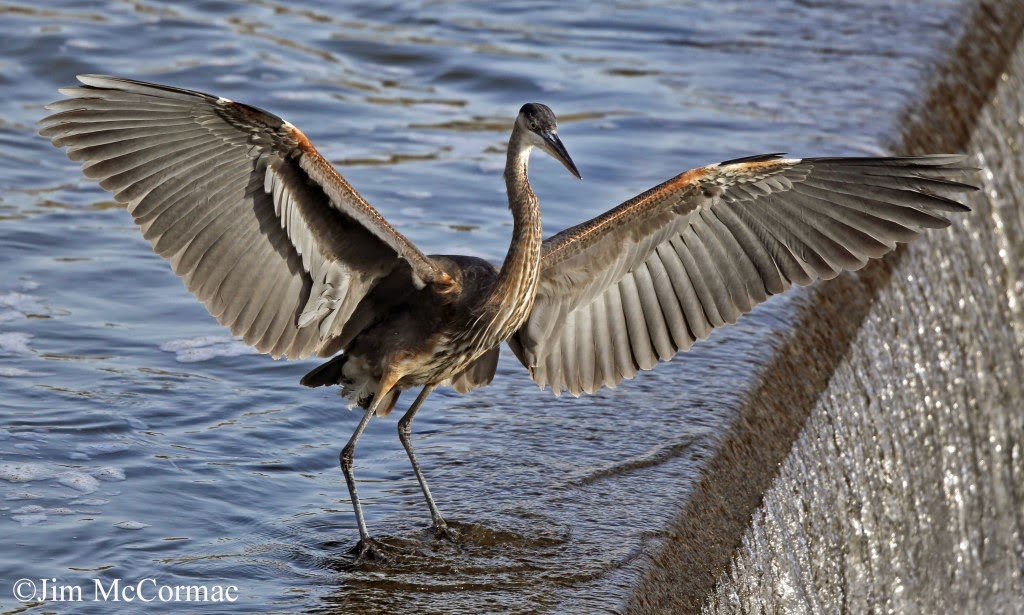.jpg)
.jpg)
.jpg)
.jpg)
.jpg)
.jpg)
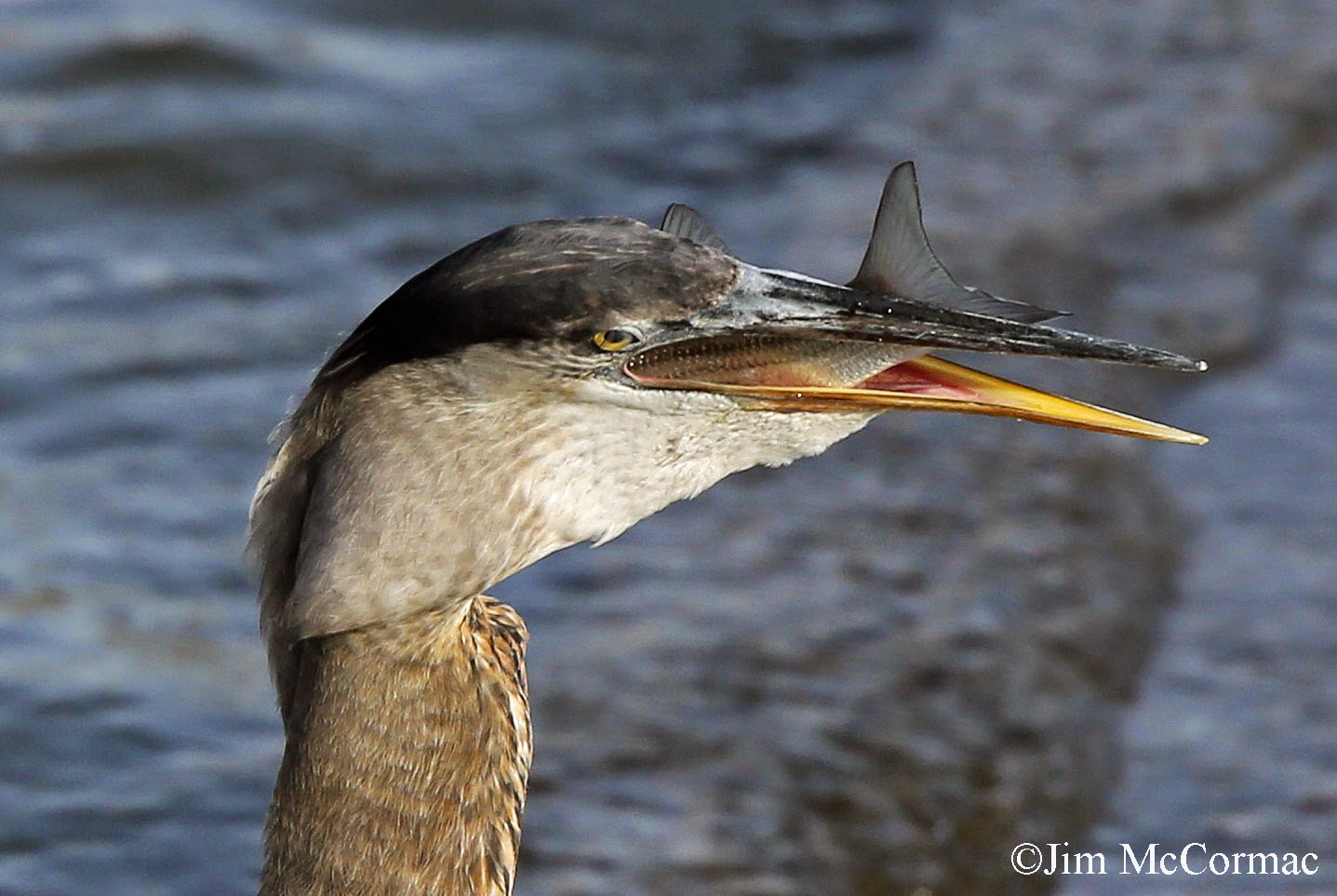.jpg)
.jpg)
.jpg)









